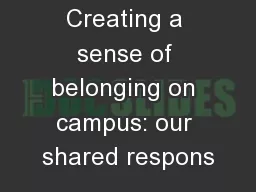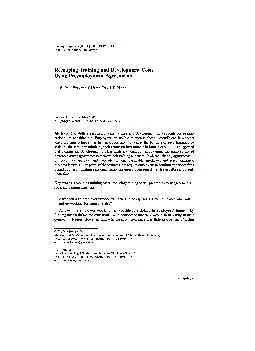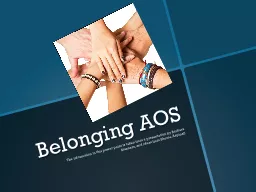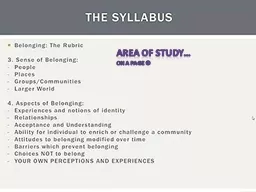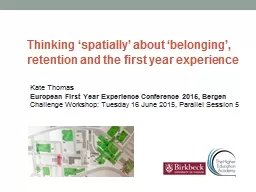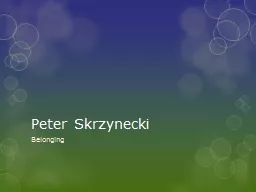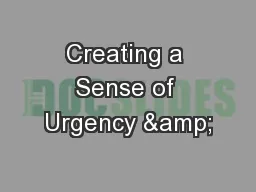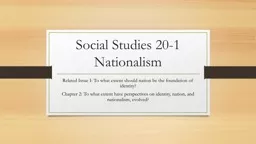PPT-Creating a sense of belonging on campus: our shared respons
Author : calandra-battersby | Published Date : 2017-07-02
Richard Q Shin PhD Dickinson College Friday September 16th 2016 Defining a sense of belonging Caring Supportive Welcoming Connected Safety Community Unity Appreciated
Presentation Embed Code
Download Presentation
Download Presentation The PPT/PDF document "Creating a sense of belonging on campus:..." is the property of its rightful owner. Permission is granted to download and print the materials on this website for personal, non-commercial use only, and to display it on your personal computer provided you do not modify the materials and that you retain all copyright notices contained in the materials. By downloading content from our website, you accept the terms of this agreement.
Creating a sense of belonging on campus: our shared respons: Transcript
Download Rules Of Document
"Creating a sense of belonging on campus: our shared respons"The content belongs to its owner. You may download and print it for personal use, without modification, and keep all copyright notices. By downloading, you agree to these terms.
Related Documents

